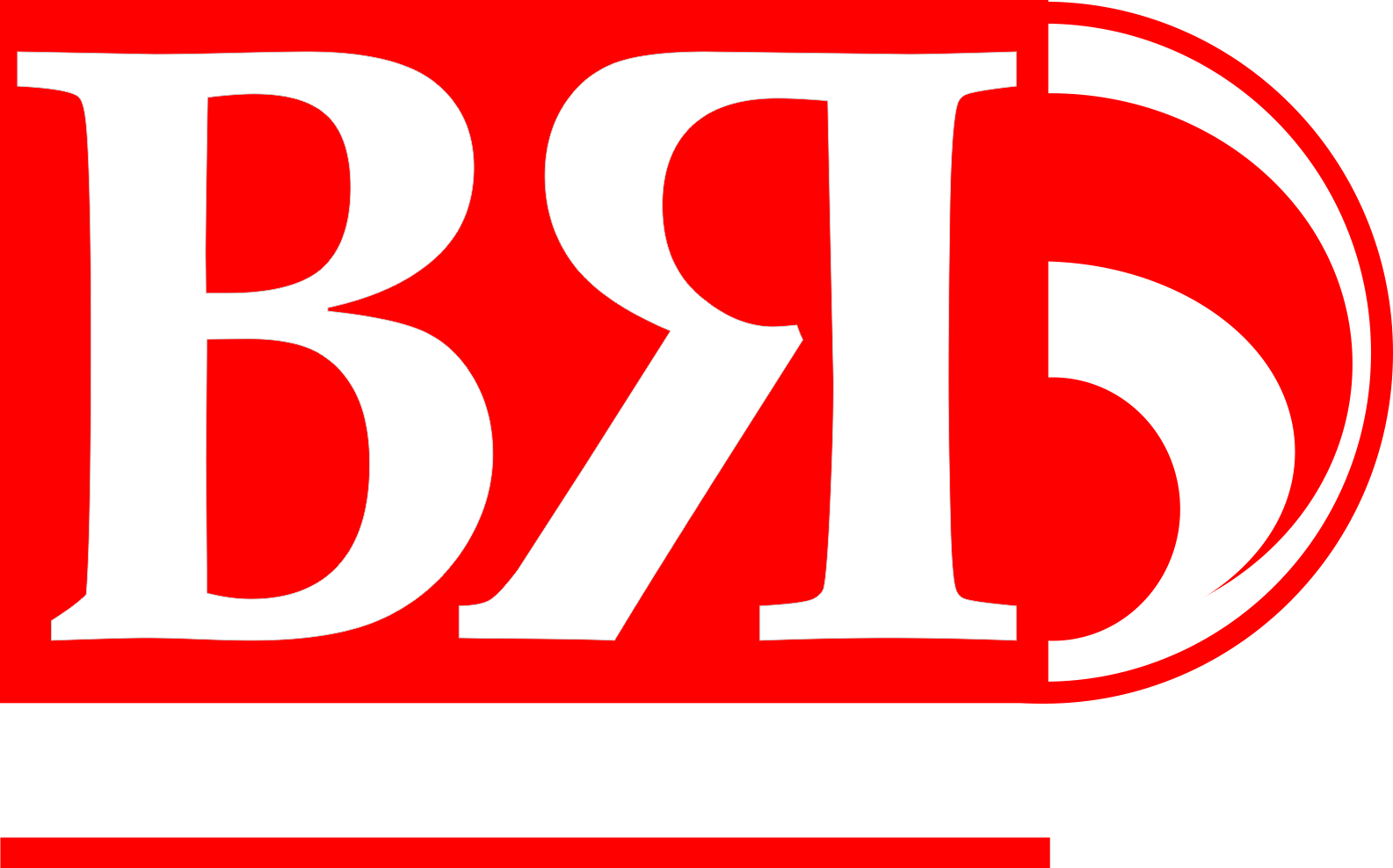Why do the Chinese miners run away? At our appearance, the Chinese workers ran away. The frightened cook [sitting at a table] froze with her chopsticks in her mouth: «There are at most 20 of us working here». Her partner tried to cope with the unexpected visitor, one foot in a slipper, the other bare, because the woman let that slip out. This TaigaPost reporter looked at a mine in the Aldan taiga, where alluvial gold is mined by a Chinese company. We saw many workers, but many more watched us from behind bushes, trying not to be seen.
On August of 2018, the Editor of the [Yakutian newspaper] TaigaPost, accompanied by a guide and a driver, were sent with a SUV into the Aldan taiga. The reason for this trip were reports of heavy pollution of the Rederge and Elkon rivers by Chinese miners. Arkady Vozmitel , a resident of Tommot, had told the TaigaPost editor that in the Rederge and Elkon rivers the water suddenly had become very dirty and had a characteristic chemical smell. The local people shuddered: The protected Elkon watershed has a water intake for the Alekseevsk region settlements, and the residents drink water directly from the Aldan River, practically in the place where the Elkon River flows into it.
“STOP – No Unauthorized Access !” A sign posted by the “Nord Gold” Company on the road to the mine.
The people of Tommot complained to the local Committee for Nature Protection, and to Severin Pozdnyakov, the head of the district administration and other authorities, with five hundred signatures attached to this complaint. We could not pass this story up, and immediately went on a trip to find out whether there really were Chinese working in the taiga, and whether they were really to blame for the fact that rivers in the hills of Southern Yakutia had turned into sewage ditches.
Tommot is located about 30 kilometers from the mine. Bouncing through potholes, our SUV confidently rolled up to a barrier with a sign.: «Stop! Restricted zone. Entry only with written permission. OOO Nord Gold.” We left the car, and walked up to wooden huts and a running diesel generator. At our appearance a shadow ran from one hut to another, and a worker tried to hide under a tractor. Evidently, we were not welcome here. Further along we met a Russian worker and asked: «And where are the Chinese?». He pointed to some tents : «The Chinese are there, they live there. But three days ago, they moved to another site. Now they wash gold there.” «Why did they move?» «Well, someone came and started to check, and now we only work at this test spot». “But did the mining work really stop ? Who halted it ?” “I do not know; everyone is at work.»
When the Tommot people made more noise, they received a written response from Mr. Kolchanov, the chairman of the Aldan Committee for Nature Protection, a copy of which was in our hands. Kolchanov said that they had had problems with this site for a long time. But now the activity of the enterprise had been suspended until all the causes of pollution of the regional water bodies were clarified.
The [entire] response of the environmental department was as follows:
«The enterprise Nord Gold LLC contracted the Sirius LLC, which is registered in the Amur region to develop a [gold] field through industrial alluvial gold mining in the valley of the river. The Rederge River has been under the control of the Committee since 2008. This case is considered one of the most problematic ones, and the committee annually took administrative measures to stop the work and to revoke the license from its predecessor (the Nord Stroy Company). In 2016, the license was reissued to the Nord Gold Company.
From the moment when the complaint by Mrs. A.D. Kuzmina was received, (on July 20th), 6 trips (on the 21st, 27th, and 30th of July, and on the 3rd, 10th, and 11th of August) were conducted for water sampling and analysis using a special [mobile] laboratory, and there were two control visits to examine the water body (on the 13th and 16th of August).
Inspectors of the Committee found that the main source of pollution of the Elkon River is a new diverted riverbed of the Rederge River, and drainage of effluents from the containment pond and dam of the last operator before Nord Gold.”
“Administrative proceedings were initiated by the Aldan Committee for the Protection of Nature and Water Sources, by the Aldan Forestry Relations Department, by the LTU Fisheries, Water and Biological Relations Department, and by Rostekhnadzor for subsoil use. According to the results of the analysis of water samples from the Elkon River at the Pyatiletka village, there was a 1.7-fold excess in BOD (Biochemical Oxygen Demand — ed.) and a 6.5-fold excess in petroleum products. Their sources might be [gold] production areas near the Alekseevsk settlement and along the road to the settlement at Ullmah. »
Our guide Arkady Vozmitel was surprised by the answer of the Committee for Nature Protection. The road to Ullmah is rarely used by motorists. No cars might come along it for a whole hour. And neither the Five-Year Plan, nor the Perevitel permits rivers to be poisoned.
We continued our visit of the mine. We went into the hut which the Russian worker had pointed out to us. At a table sat a female cook and a Chinese man eating with chopsticks. The Chinese cook, it seemed, was the only one who knew everyone in the crew of workers. But she obviously did not expect to see us here, and froze with her chopsticks in her mouth.
“-Hello! And where are your other employees ?”
«Why do you need to know ? — They work there (waving a hand to one side). There are at most 20 people.”
Her neighbor at the table literally squeezed against her, trying to hide behind the woman’s body. Only one leg with its foot in a slipper would not fit anywhere. The story of “at most 20 people” seemed to us to have been invented for telling to the inspectors. In fact, we could see about 30 to 50 foreign workers, clearly more than the Russian law allowed. Every two or three days the Chinese cook drives with a huge Toyota Tundra SUV to Tommot to get food, and crams it full. She once apparently told a salesperson that she was picking up food for 50 of her countrymen. As they say in that popular song, you have to guess the right answer.
Some Chinese remained in place when we appeared, but many of them openly fled into the taiga. What were they afraid of, if everything was in order with their documents ? We therefore concluded that at least half of Chinese here washed Russian gold illegally. It is clear that for these workers, environmental protection is a low priority. Therefore, no one looked after the settling pond, which then sent the dirt and mud into the clean Rederge River. On the day of our arrival at the Rederge mine, the landfill site was still muddy. And gold was mined contrary to the response of the Aldan Committee for Nature Conservation. But Russian workers get it now, while the Chinese went to explore new lands.
Three kilometers from the base camp we found a new parking lot of Chinese prospectors. At the production site, two of four tents were residential. In each there were two rows of beds, and one tent could accommodate ten people. Although if necessary, each tent might be used by many more. So, at this new base camp of the Chinese, we found a minimum of 20 beds. This corresponds to the story of the cook about the number of foreign workers at the mine. But gold is mined around the clock. So, during the afternoons the tents should have been occupied by resting shift workers. But only two people slept in them, the others watched us from the taiga.
Near the tents were two smiling Chinese, who pretended to understand neither Russian nor English. But even 400 meters from this base camp we could hear the roar of heavy equipment. We went there and saw two bulldozers and an excavator. A Chinaman watched them working, so probably he was some kind of boss. He approached our car and tried to treat everyone with cigarettes, but our attempts to talk to him did not lead to any result. This boss’s knowledge of the Russian language was as good as ours of the Chinese language. He smiled and showed with raised fingers that there were only four of them here. His readiness to indicate the number of Chinese workers without waiting for a question, again worried us.
We drove to the edge of the cleared area, to the Rederge River. We approached the water and saw two male silhouettes rushing around, trying to hide behind piles of dumped earth. Altogether we met 10 workers, with at least four trying to hide from us, but it is unlikely that we noticed all those who sheltered behind the dense bushes of the Aldan taiga. So the true number of Chinese working at the gold mines of Yakutia remained a mystery to us, and to others.
When Rederge and Elkon Rivers received a flood of mud from the Nord Gold mine, the authorities were forced to react. But, like we saw, the Chinese often fled. So [the Russian inspectors] launched a quadricopter drone which surprised the Chinese, and some were caught. But the true number of foreigners in this area remained a mystery for the authorities. According to an information source of the TaigaPost, the Russian Federal Police (FSB) was very interested in such guest workers. The search still continues.
We were convinced that even after the authorities in the Aldan taiga banned them, Chinese miners continue to work there. The river continues to be polluted. And foreign workers continue to go onto new land, leaving a Russian emergency crew behind. In its next issue, the TaigaPost will tell about the golden scam which resulted in the Chinese appearing at that mine.
By Aitalina Nikiforova / TaigaPost Published: August 24, 2018 Translated by D. Riedel, Ph.D.: 2018.08.27













